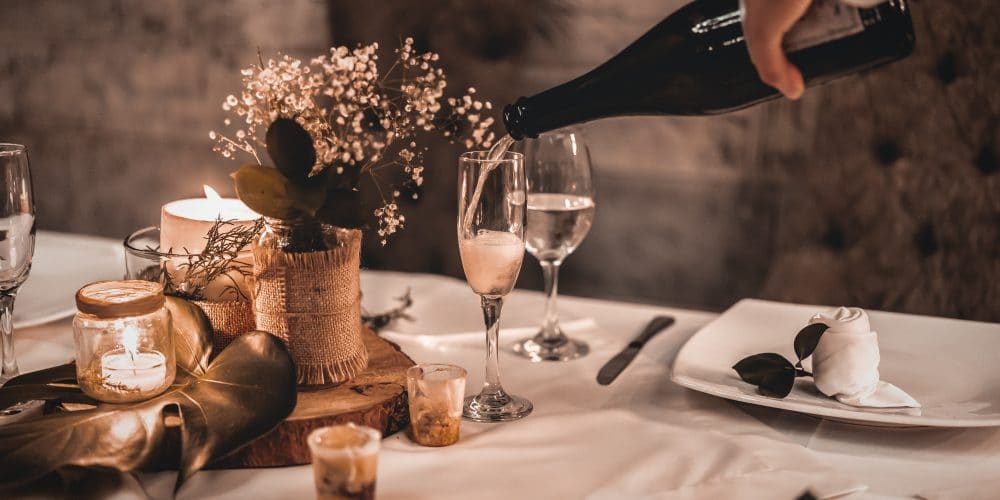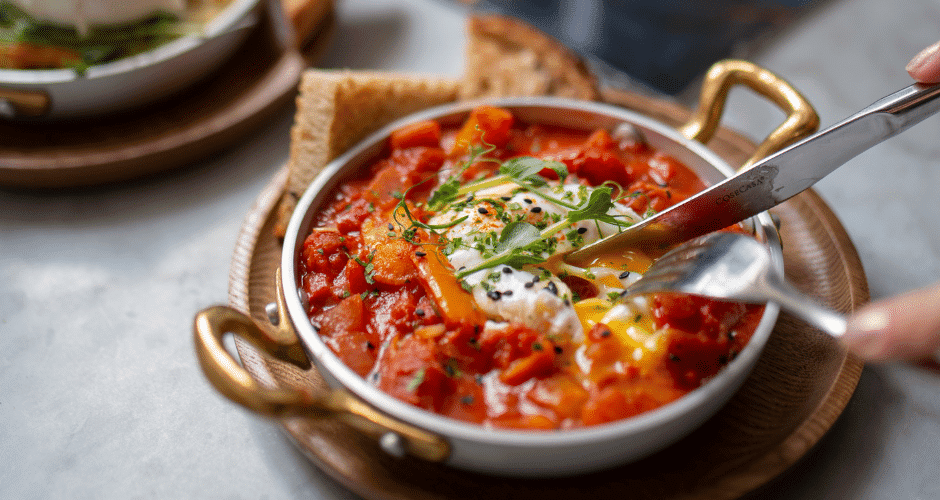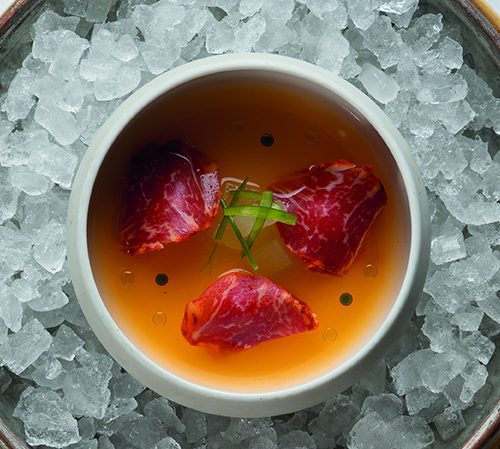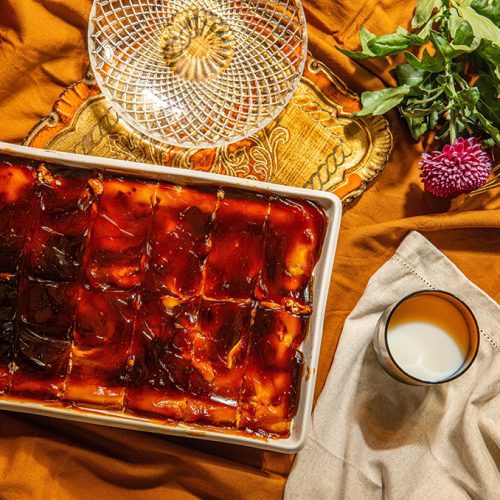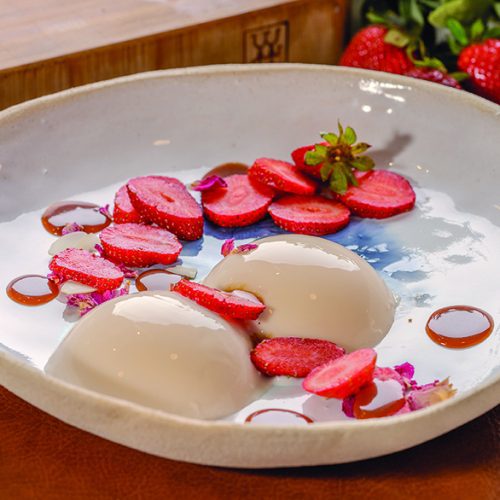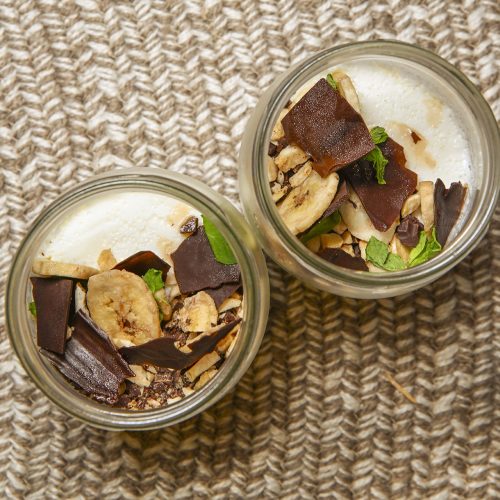
Often noted for being super healthy and rich in vitamin C, the mighty orange has an amazing history behind it and has to be one of the most unique and complex ingredients, considering it’s a fruit that can be used in both savoury and sweet dishes.
A Brief History of the Orange
Technically not a natural fruit – the orange as we know it was cross-bred a few millennia ago from two of the three original citrus fruits; the pomelo (a sort of giant grapefruit) and the tangerine. The third member being the giant citron – all of which are native to the Asian continent.
3rd Century BC
We know that the sweet orange was probably cross-bred in the Mediterranean around this time while the bitter orange, which has been around since at least the 5th century BC, is likely a natural cross-breed of wild, untamed parent varieties found in several countries around Asia.
5th Century AD
Bitter oranges made their way to Europe by early mediaeval crusaders but weren’t used much as the sour and bitter tastes didn’t really appease most people, so the juice was used to preserve or add flavour to foods, when in season.
Early 1500s
The sweet orange was introduced into Europe where Portuguese and Genoese traders started importing trees with them, selling them off and planting them wherever they docked. These were then taken to the new world along with some other citrus varieties, by the Spanish. Once in other countries these orange trees started to adapt to the specific terroir, creating new oranges perfectly adapted to that specific region.
Oranges planted in Brazil gave rise to the Bahia orange, those in the colder climates of Italy and Malta gained anthocyanin Pigments giving rise to the blood orange and the Maltese endemic orange (which still till this day can be identified by the ‘blood-like’ spots it creates in the cells, only when the weather is cold).
FUN FACT – the colour orange was named after the fruit and not the other way round.
1700s
The Maltese orange hit its prime as one of the most sought-after ingredients, used in the kitchens of the highest courts in Europe and it became one of Malta’s most exported ingredients. In fact at around the same time in Switzerland the ‘sauce Maltese’ was created; a sort of hollandaise derivative made from the juice of the Maltese orange, butter and egg yolks.

Oranges In Cooking
Chemically speaking oranges are absolutely fascinating, they contain sugars like most fruit balanced with a beautiful mild acidity which comes from at least two different acids ascorbic acid (vitamin C) and citric acid, a bitter pith which in many cases adds a little bit of umph to a dish, tiny traces of salt and glutamic acid which further helps solidify the orange as one of those few fruit which can entice all 5 tastes.
Oranges also have an amazingly fragrant zest that can also be used in flavouring dishes or garnishing cocktails. Full of essential oils, the zest is also a deterrent for pests while on the tree or can be used as a mild antibiotic for humans or turned into natural pest control.
The orange as we all know is vastly versatile thanks mostly to its acidity levels, used in both savoury and sweet dishes, think duck a l’orange and crepe suzette. This light acidity, roughly the same as coffee, affects two different sour receptors on the tongue which then send signals to the brain making it seem more interesting and far more delicious. It’s perfect at reducing the perception of fatty foods and adds a certain freshness to the whole dish or sauce one is making.
Even more interestingly; once cooked, oranges create new flavour compounds like valencene – a sort of marmalade flavour that only happens with oranges and at low temperatures. So for those marmalade lovers out there, that’s why the colour and flavour of a marmalade is so different to that of a fresh orange. This is also why orange concentrates and juices that have been pasteurised taste different to fresh oranges and juices. In fact, manufacturers of orange products usually add a chemical compound called octyl-acetate to try to bring back some of the original orange flavours. This is why – as always – fresh is best!
Written by Keith Abela


